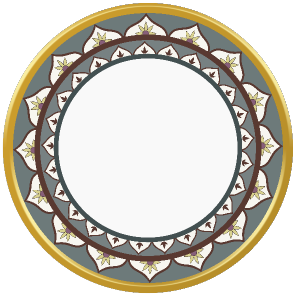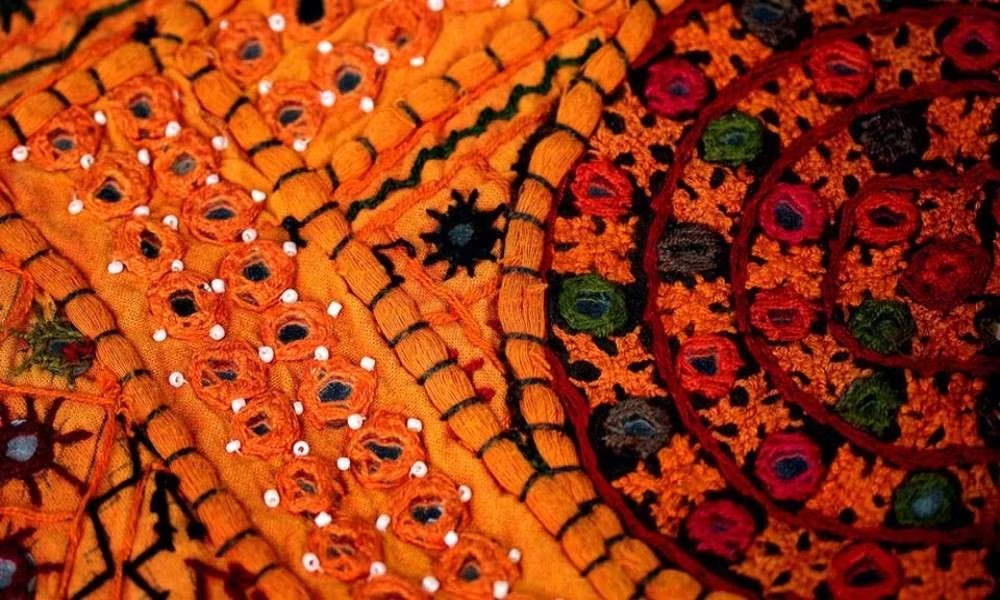

0


0

RISING STORIES
By Heer Kothari
12 July, 2018

 Mahagujrat Movement: A movement demanding states
India is a dynamic country and is home to a number of linguistic groups. After India sought independence in 1947; the people of India had a plea to divide the states on grounds of the linguistic group.
If we go back to the year of 1937, Kaniyalal Munshi coined the term ‘Mahagujarat Andolan’ at the ‘Gujarati Sahitya Parishad’ in Karachi. This meant that Kaniyalal Munshi was already sowing the seeds for a separate state for the Gujarati speaking people.
According to the Dhar Commission that was formulated by Dr. Rajendra Prasad, the request of a linguistic divide could not be complied with; as that would not benefit the nation in the long run.
In 1949 the cries for the formation of a separate state on linguistic basis became even more pronounced. The apparent outcry led to the organization of the famous ‘Mahagujarat Conference’. The conference was witnessed by lakhs of Gujarati attendees, who fought for the cause.
Mahagujrat Movement: A movement demanding states
India is a dynamic country and is home to a number of linguistic groups. After India sought independence in 1947; the people of India had a plea to divide the states on grounds of the linguistic group.
If we go back to the year of 1937, Kaniyalal Munshi coined the term ‘Mahagujarat Andolan’ at the ‘Gujarati Sahitya Parishad’ in Karachi. This meant that Kaniyalal Munshi was already sowing the seeds for a separate state for the Gujarati speaking people.
According to the Dhar Commission that was formulated by Dr. Rajendra Prasad, the request of a linguistic divide could not be complied with; as that would not benefit the nation in the long run.
In 1949 the cries for the formation of a separate state on linguistic basis became even more pronounced. The apparent outcry led to the organization of the famous ‘Mahagujarat Conference’. The conference was witnessed by lakhs of Gujarati attendees, who fought for the cause.
 Mahagujrat Movement
During this period, CM Kher from Maharashtra, and Home Minister Dr. Morarji Desai came to the conclusion that there was no need for the formation of a separate state.
This statement created a stir and was further contested by Indual Yagnik, who was also the forerunner of the movement. Mr. Yagnik visited the people of the Dang tribe and discovered they were largely Gujarati speaking. This propelled momentum, giving the movement further impetus to grow.
By 1953 owing to the tireless efforts invested by the protestors of the Mahagujarat Andolan; the Kannada speaking people sought their own state of Mysore, which later on went on to become Karnataka. This also led to the formation of Tamil Nadu, the state of the Tamil speaking population, and Andhra Pradesh, for the people for Telangana.
By 1956 the States Reorganization Act came into being. This compelled some college students to protest outside the Dr. Morarji Desai’s Amdavad residence. The minister didn’t pay heed to the plea but asked the police to take strict action against them, that in turn killed the students.
The particular move proved detrimental not only to Desai’s political career, but it caused a stir among the locals who went out on the streets openly rebelling the governmental decision. It is believed that our present Prime Minister Narendra Modi too was part of this movement, and play an active role.
In the next few years as the movement heated up, protestors were killed. Finally, on the 1st of May 1960, two states came into being, namely Gujarat and Maharashtra.
After the movement came to a haul the ‘Sahid Samarak’ was made in Amdavad, Gujarat, and the Hutatmata Chowk was erected in Mumbai. The monument is an ode to those who sacrificed their lives for the cause of this linguistic division.
Apart from the rebellion, the people of Maharashtra and Gujarat both wanted Bombay as their capital. The city of Bombay proved to be both geographically, and commercially advantageous to the people of Gujarat and Maharashtra. However, Mumbai was later declared as the capital of Maharashtra and the issue came to rest. Even today Maharashtra has a lot of Gujarati’s peacefully residing within the state going on with their business. It may amaze one to learn that Mumbai has acquired a more cosmopolitan leaning as it serves as a hotbed for a number of businesses.
As I key off I would like to add, there are many such rebellions that make for the post Independence history of India. However, these events get lost in transit as the older events are often over-glorified. But we must take into account all the more recent events too, as that is what shapes the county today and in the future.
For more such interesting stories please follow and subscribe to our digital magazine BananiVista. Also "Like" and "Follow" us on Facebook.
Mahagujrat Movement
During this period, CM Kher from Maharashtra, and Home Minister Dr. Morarji Desai came to the conclusion that there was no need for the formation of a separate state.
This statement created a stir and was further contested by Indual Yagnik, who was also the forerunner of the movement. Mr. Yagnik visited the people of the Dang tribe and discovered they were largely Gujarati speaking. This propelled momentum, giving the movement further impetus to grow.
By 1953 owing to the tireless efforts invested by the protestors of the Mahagujarat Andolan; the Kannada speaking people sought their own state of Mysore, which later on went on to become Karnataka. This also led to the formation of Tamil Nadu, the state of the Tamil speaking population, and Andhra Pradesh, for the people for Telangana.
By 1956 the States Reorganization Act came into being. This compelled some college students to protest outside the Dr. Morarji Desai’s Amdavad residence. The minister didn’t pay heed to the plea but asked the police to take strict action against them, that in turn killed the students.
The particular move proved detrimental not only to Desai’s political career, but it caused a stir among the locals who went out on the streets openly rebelling the governmental decision. It is believed that our present Prime Minister Narendra Modi too was part of this movement, and play an active role.
In the next few years as the movement heated up, protestors were killed. Finally, on the 1st of May 1960, two states came into being, namely Gujarat and Maharashtra.
After the movement came to a haul the ‘Sahid Samarak’ was made in Amdavad, Gujarat, and the Hutatmata Chowk was erected in Mumbai. The monument is an ode to those who sacrificed their lives for the cause of this linguistic division.
Apart from the rebellion, the people of Maharashtra and Gujarat both wanted Bombay as their capital. The city of Bombay proved to be both geographically, and commercially advantageous to the people of Gujarat and Maharashtra. However, Mumbai was later declared as the capital of Maharashtra and the issue came to rest. Even today Maharashtra has a lot of Gujarati’s peacefully residing within the state going on with their business. It may amaze one to learn that Mumbai has acquired a more cosmopolitan leaning as it serves as a hotbed for a number of businesses.
As I key off I would like to add, there are many such rebellions that make for the post Independence history of India. However, these events get lost in transit as the older events are often over-glorified. But we must take into account all the more recent events too, as that is what shapes the county today and in the future.
For more such interesting stories please follow and subscribe to our digital magazine BananiVista. Also "Like" and "Follow" us on Facebook.